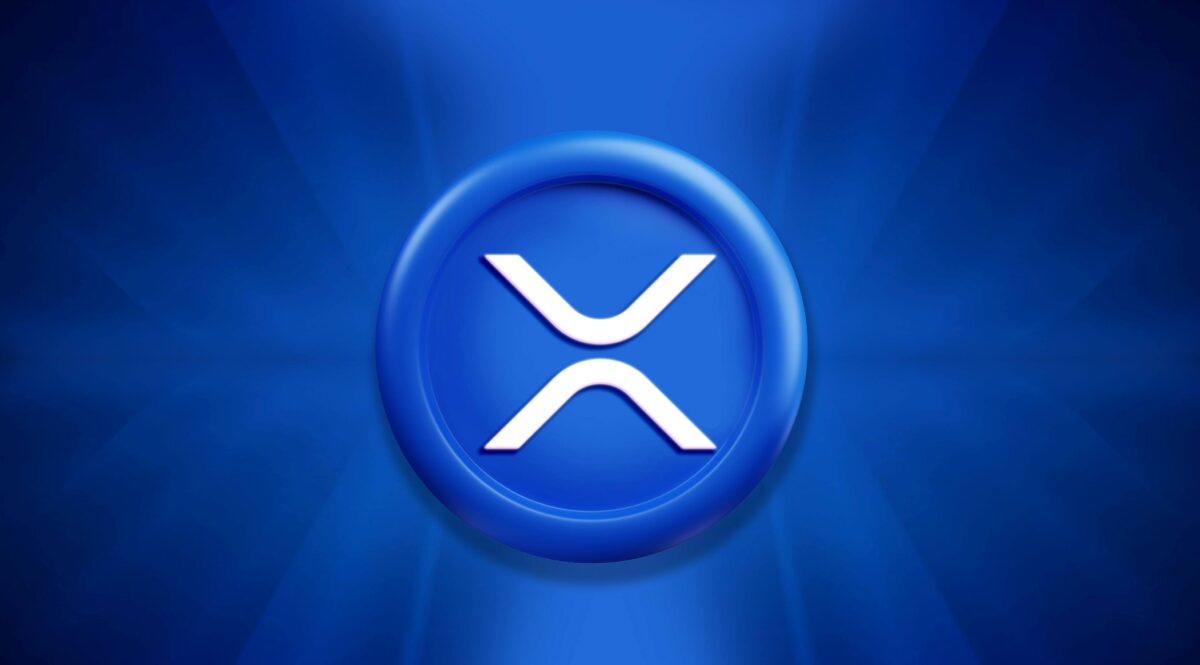Here is the Significance of Ripple’s CEO’s Recent Comment on XRP
- Ripple’s CEO comments reflect growing institutional interest in XRP’s future.
- XRP ETF launch sets new volume record, boosting institutional confidence.
- Ripple’s strategic moves position XRP for larger financial market adoption.
A recent post by Ripple CEO Brad Garlinghouse ignited strong reactions across the digital asset community after he wrote “It’s (finally!) happening” on X to celebrate the launch of the first pure spot XRP ETF.
According to digital asset researcher Anders, the timing and tone of the message were intentional. The newly launched ETF recorded the highest first-day volume of any ETF introduced in 2025, outperforming more than 900 ETF launches this year. Anders believes the remark signals a major turning point for XRP and the broader institutional crypto landscape.
In his analysis, Anders said Garlinghouse’s message reflects the convergence of market, regulatory, and technological developments that position XRP for large-scale institutional use. He described the moment as one where “stars are aligning,” arguing that several major events are unfolding simultaneously to create the strongest institutional entry point in XRP’s history.
Key Developments Supporting Institutional Entry
The first driver of this shift is the launch of the first spot XRP ETF on November 13, 2025, which achieved the highest launch-day volume of any ETF introduced this year. Several other XRP ETF applications are still pending, indicating continued demand for regulated XRP exposure among institutional investors.
Also Read: Ripple Warns of Surge in Fake ‘Live’ Videos Scamming XRP Users During Major Event
Another major milestone is the finalization of SWIFT’s ISO 20022 migration, scheduled for November 22, 2025. This global upgrade to banking infrastructure enhances interoperability with blockchain-based settlement networks and aligns traditional finance more closely with digital asset rails.
Regulatory clarity is also advancing. The U.S. CLARITY Act is expected to be voted on by the Senate and potentially signed into law by the end of the year. This legislation could provide long-awaited guidance on digital-asset classifications and reduce barriers for financial institutions seeking to integrate blockchain solutions.
The XRP Ledger itself is evolving to meet institutional requirements. Recent amendments have introduced features such as credentials and multi-purpose tokens, while additional proposals, including permissioned domains and permissioned decentralized exchange functions, are being considered.
These upgrades are designed to support compliance-focused institutions looking to adopt XRPL infrastructure.
Meanwhile, Evernorth is accelerating institutional adoption by deploying a $1 billion regulated XRP treasury, offering compliant liquidity and yield products, and operating enterprise-grade XRPL validators. This initiative aims to provide the infrastructure reliability that banks and funds require.
A Convergence Decades in the Making
According to Anders, these overlapping developments represent the most significant institutional foundation XRP has ever had. With regulatory clarity approaching, banking integration accelerating, and ETF demand rising, he argues that the environment is finally aligning with the long-term vision promoted by Ripple and the XRP community.
To many in the ecosystem, Garlinghouse’s celebratory post symbolizes more than a successful ETF launch. It represents the beginning of a new phase in XRP’s evolution—one where its adoption is driven not by speculation, but by its increasing utility and acceptance within global finance.
Also Read: Ripple CTO Clears Misconception About XRP Ledger’s Unique Node List
The post Here is the Significance of Ripple’s CEO’s Recent Comment on XRP appeared first on 36Crypto.
You May Also Like

China Blocks Nvidia’s RTX Pro 6000D as Local Chips Rise

Fed Day Dry Powder: Cryptoquant Analyst Tracks $7.6B Stablecoin Pile on Exchanges

